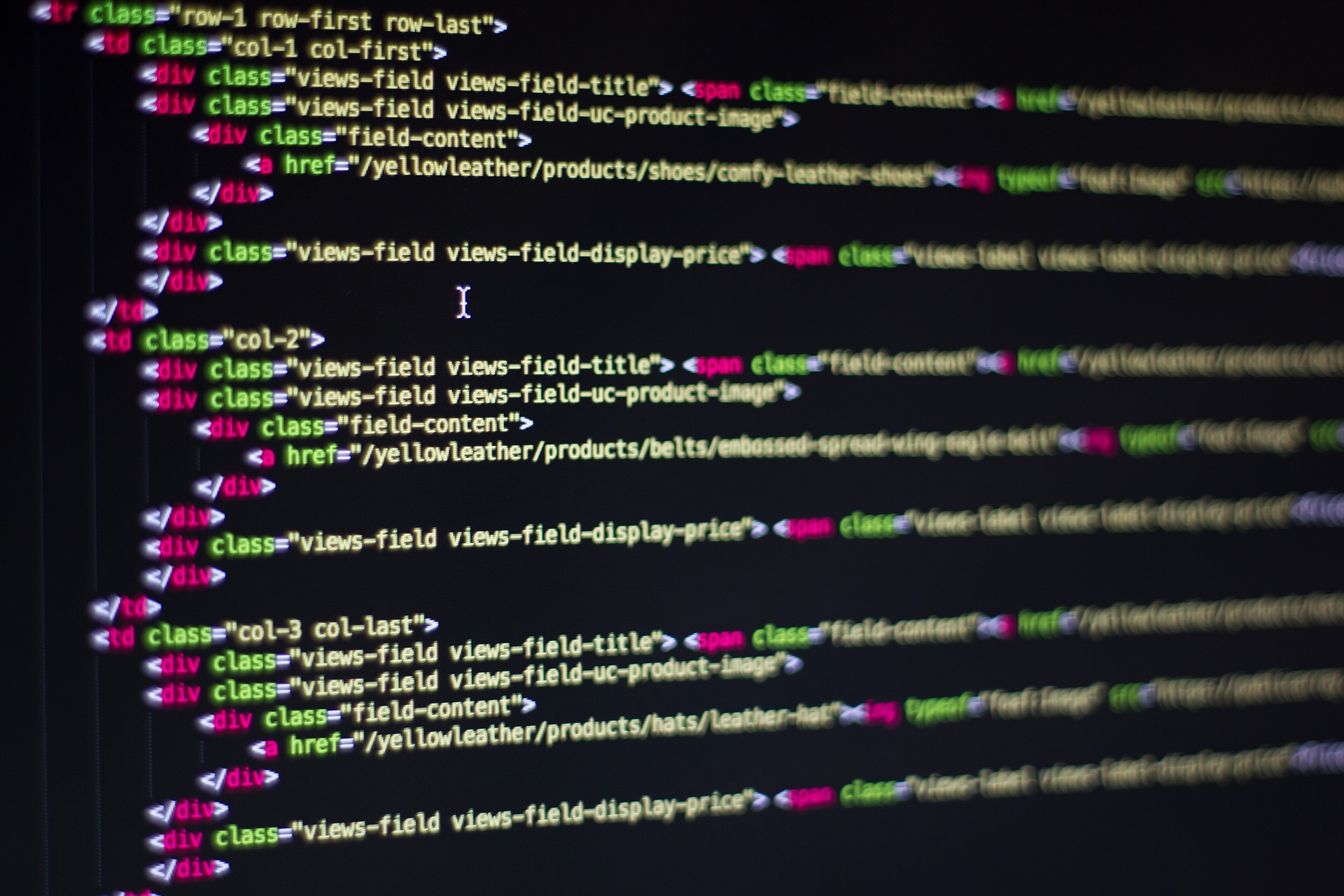Hunting Down The Mythical High-Quality Code
Did you realize that there are over 500,000 computing jobs in the United States alone? Becoming a leader in the field of programming will take a lot of hard work.
Quick Links
One of the best ways to shine in your chosen profession as a programmer is by producing high-quality and error-free code. While this may sound like a relatively easy task, it is anything but. Most newcomers to the world of programming fail to understand the importance of testing their code before deploying it.
Using tools like https://help.papertrailapp.com/kb/configuration/log4net-logging/ can help you find errors in your code, you want to reduce the frequency of these errors as much as possible.
Are you trying to increase the quality of the code you write? If so, consider the following tips for success.
What is a High-Quality Code?
In order to produce high-quality code, you need to understand exactly what this term means. While there are many definitions for this term it basically means code that does not need to be corrected over time. Not only should high-quality code be error-free, but it will also need to be able to stand up to things like exceptional situations and error handling.
Most programmers look at how maintainable a piece of code is before deciding whether or not it is high-quality. The biggest mistake most newcomers to the coding world make is failing to take into consideration the people who will have to maintain their code. Failing to make notes in the code can make it exceptionally hard to maintain. By taking the time to look at your code from an objective standpoint, you can easily see where changes can be made.
How to Make Your Code Higher Quality
Now that you have a basic understanding of what high-quality code is, we can jump into actionable tips for improving the look and readability of your code.
Following a Style Guide is Essential
As most programmers know, every programming language has a style guide. This guide will break down in detail how to properly indent the code, as well as where to put braces and spaces. You will also be able to find out how to properly name bits of your code and how to properly comment. Ignoring the style guide is a recipe for disaster.
A number of app and software development firms create custom style guides. Generally, these guides will reflect the specific practices that a business wants their programmers to use. Reading these guides and adhering to the various principles in them will make your code much easier to understand and maintain in the future.
Don’t Forget to Use Descriptive Names
Many programmers reduce the characters in their variable and routine descriptions to save space and time. Using these short descriptions can be confusing for both you and the programmer that has to maintain your code in the future. Using longer and more descriptive names can help everyone involved in a development project.
The only time you need to avoid using long descriptions is in the method’s body. When working on a loop index or an intermediate result, you need to shorten your descriptions to avoid problems. Rushing through the naming process can also cause problems.
Before deciding on a description, you need to make sure it is accurate and easy to understand. When naming class or types, you need to use nouns. If you are naming a method, then make sure there is a verb somewhere in the description. When naming a method that server to return an object’s property, you should always start the description with the word get. If the method in question sets a property, then your description will need to start with the word set.
Avoid Repeating Yourself at All Cost
Another common mistake new programmers make is copying and pasting pieces of their code. If you are using some of the same bits of code throughout your problem, you will need to create a routine or class. This routine or class should feature the common parts you will be using time and time again.
There are a few practices you need to abide by when using similar code like:
- Use Javadoc to create an API reference guide for code comments.
- Allowing automatic unit tests by means of a naming convention or annotation
- Generate both HTML and PDF documentation from a single markup source
By following these guidelines, you can increase the quality of your code with ease.
Constantly Check For Errors and Fix Them Immediately
During the creation of routines, you may be presented with various error indications. As soon as you are shown these exceptions, you need to work on fixing them immediately. Assuming things as you will always have your configuration file or memory allocation requests can lead to big problems in the future.
Proper error-handling does make the code you write longer and more in-depth, but it is essential. Ignoring these problems will lead to your code malfunctioning on a consistent basis.
Simply sweeping these problems under the rug will lead to the end user of the program you are working on having a less than stellar experience. The more errors you have in your code, the harder you will find it to rise through the ranks of your industry. The time and effort you invest in perfecting your craft will pay off when you are able to write high-quality code with minimal effort.
What Is WooCommerce Product Slider and Why Your Store Needs It
Why Do Product Images Matter So Much in Online Stores? When someone visits an online store the…
0 Comments9 Minutes
How to Streamline Your Customers’ Shopping Experience?
The goal for any online store is to make shopping as smooth as possible. When visitors move…
0 Comments8 Minutes
Strengthening Brand-Customer Relationships Through Gamified Loyalty Programs
Creating lasting connections with customers has become increasingly vital as the marketplace grows…
0 Comments6 Minutes
How to Use SEO and SEA Together in Search Engine Marketing
In digital marketing, search engine marketing (SEM) plays a critical role in improving online…
0 Comments10 Minutes
Content Marketing Growth Hacks: Real Shortcuts to Drive Traffic
Are you still lagging in content marketing? Sticking to these old strategies seems…
0 Comments10 Minutes
How to Build a Strong Local Following Using Social Media Marketing
In the days of likes, shares, and stories, local businesses have a golden opportunity to create…
0 Comments9 Minutes
Why WooCommerce is the Best Choice for Your Online Store?
WooCommerce stands out as a top option for anyone looking to build an online store. This platform…
0 Comments8 Minutes
How to Use AI-Powered SEO Tools for WordPress eCommerce
SEO is a critical factor in the success of any e-commerce WordPress store. As competition…
0 Comments11 Minutes









